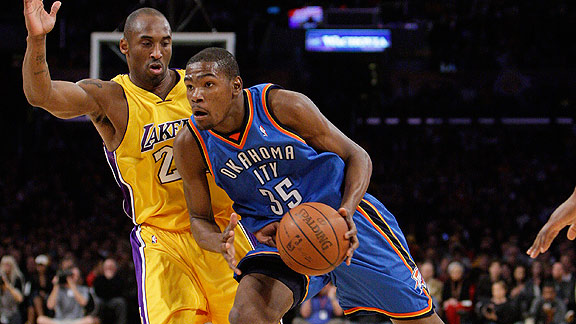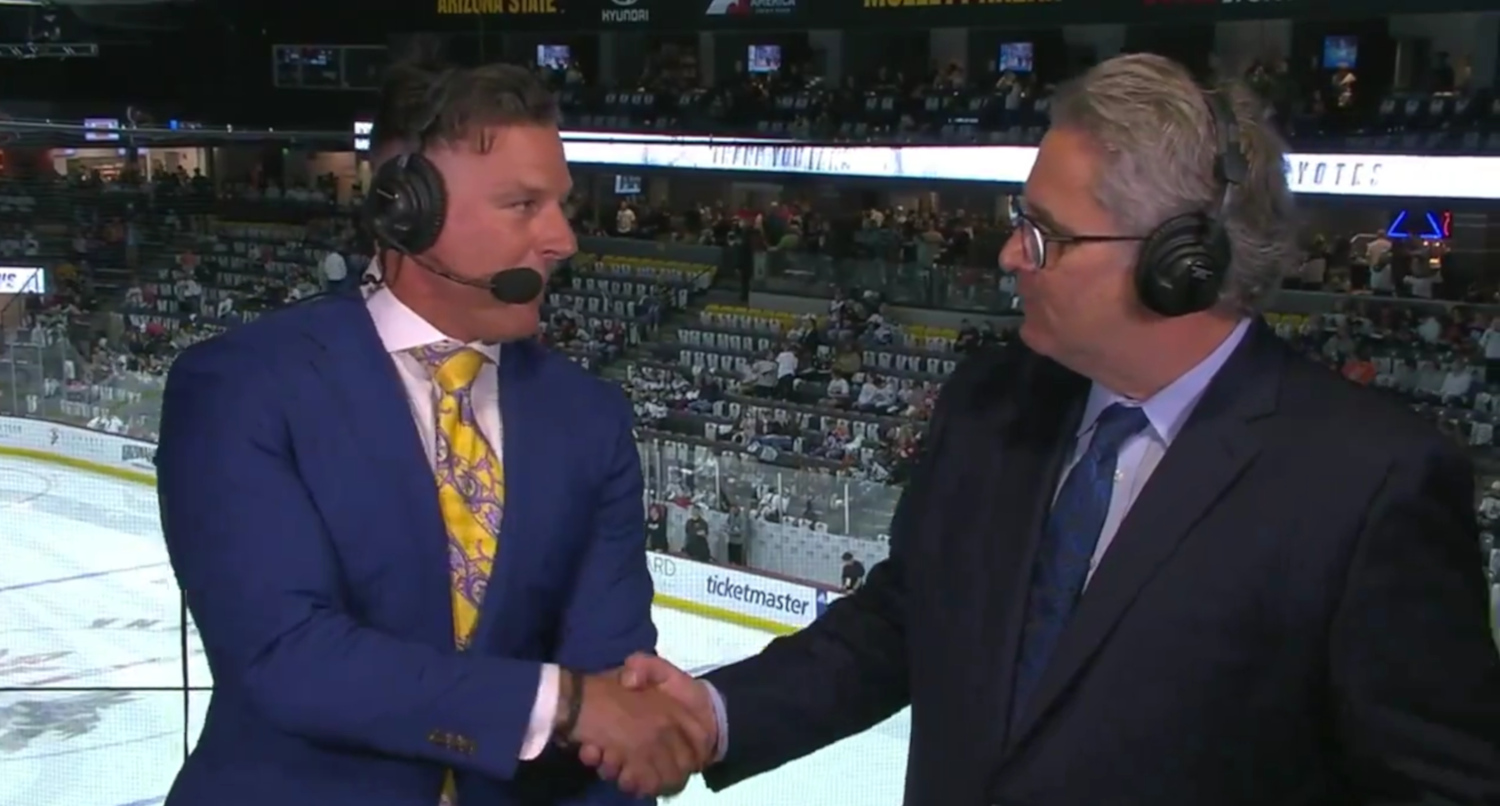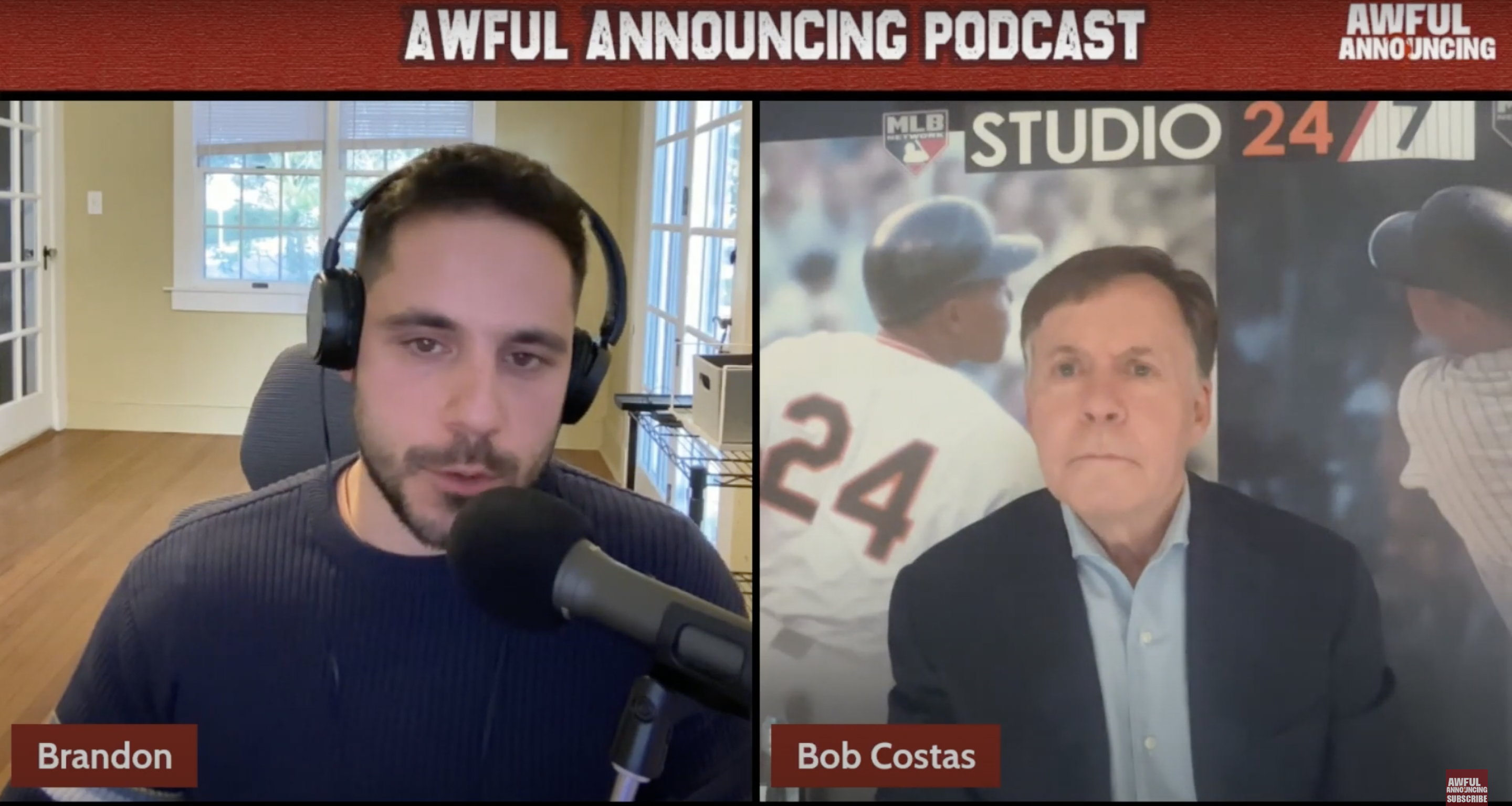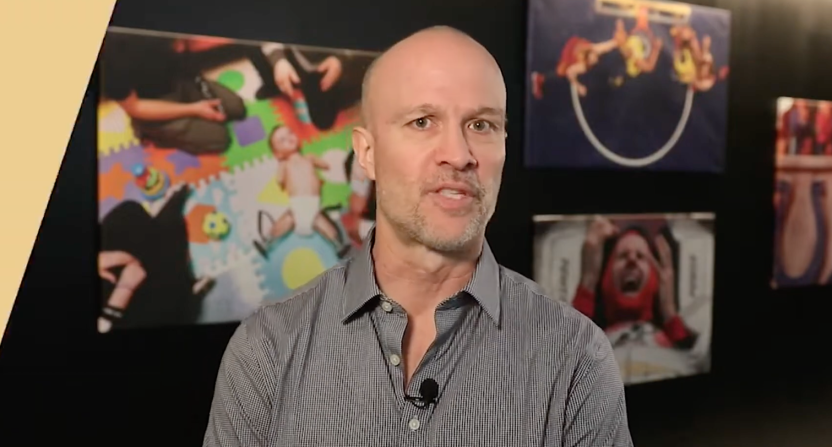For years, there has been talk of a sports rights bubble that is about to burst, and leave the sports and television industries in a puddle of messy goo. The theory goes that rights fees are increasing so exponentially in sports that sooner or later either the cable and satellite companies or consumers themselves will no longer be willing to foot the bill for these billion dollar deals. When that happens, the entire industry would collapse.
The talk of the sports rights bubble has even bled into politics and an examination of the cable/satellite television industry as a whole. Sides have argued that consumers would be better off in an a la carte model where you paid only for the channels you wanted to watch. This sounds nice in theory, if I never watch Oprah’s Network, why should I pay her? Doesn’t she have enough money already?
The opposition (mostly those in the television industry) have argued that an a la carte model and unbundling of cable channels would lead to those individual fees soaring. Instead of charging just over $6 a month, ESPN could charge $30 a month. Other top cable channels like Fox News, TNT, History or Discovery could charge a much higher rate as well. There’s certainly arguments that can be made on both sides for or against the cable bundle and the sustainability of the current model.
At the moment, live sports rights are the most valuable television entity on the market. In a world of DVRs and Netflix, sports are one of the last things on TV that have to be watched live, which means you can’t fast forward through advertisements. As the value of sports rights have exploded, so have the prices.
TV rights increases on new deals: NBA +186%, NHL +167%, MLB +105%, NFL +64%.
— Darren Rovell (@darrenrovell) October 6, 2014
And those aren’t even the biggest increases in recent deals. Fox’s World Cup contract represents a 325% increase over the last two World Cups on ESPN. Fox also paid more than double for USGA rights to televise golf’s US Open and other tournaments. Even MLS, which has seen its ratings ebb and flow, saw a tripling of its rights fees.
Business has never been better for sports when it comes to television revenue. Water polo or archery leagues could probably get a few million from some lucky network at this point.
Given the NBA will now receive over $1 billion per year from both ESPN and Turner Sports, talk of the sports rights bubble has returned. Both The Atlantic and Slate have published foreboding articles about the growing expenses of the cable industry and the bubble bursting. The Atlantic even went with the panic-inducing headline “How TV’s Sports Addiction Could Destroy Its Business.” The only thing missing are the words “death panel.” They argue that the cost of cable television is increasing so much that it will go beyond what the average family will be willing to pay for it and the entire structure might come crumbling down.
But if anything, the existence of this NBA megadeal should be evidence that the bubble is comfortably expanding, if it even exists at all.
Keep in mind that this is not the first exponential increase on the sports rights front. In fact, in the last 30 years, NBA TV rights alone have gone up over 6000%. Six. Thousand. Percent.
If there is a sports rights bubble, wouldn’t you think it would pop somewhere in that 6000% increase? Maybe once it reached 500%? Maybe once it reached four figures? Or if it passed 3000 and 4000%? If anything, the latest increases are proof that the business is better than ever for all parties involved.
Sports rights are accelerating well beyond the cost of inflation, but the numbers don’t make room for the most important element at play in this discussion – the appetite for live sports. From advertisers to fans, our capitalistic structure dictates that the system will work as long as there are people willing to pay for services. It’s been reported that ESPN will cost over $8 per month in a couple years time. Prices sure aren’t going down, but you’ll have to make the decision whether the cost is worth it. And right now, nobody is opting out en masse.
Last July, the top industry reporter regarding sports rights deals, John Ourand, wrote about the myth of the sports rights bubble at SBJ:
That talk is dead wrong, according to a super majority of my best sources. These executives believe the sports media industry is no closer to a bursting bubble than it was in 1993, when talk of a sports rights bubble first emerged. That was when Fox Sports outbid CBS by more than $100 million per year for the rights to the NFL’s NFC package. At the time, industry insiders thought the price was so outlandish that there was no way Fox would make money off that deal. Of course, the deal worked for Fox, and rights fees have risen ever since.
For as long as I’ve covered the media business, people have been sounding an alarm about a sports rights bubble. Every five years or so, it gets louder. I don’t get the sense that there’s any more validity to it today than there was 20 years ago.
And just think – this was written more than a year before the NBA received $24 billion over 9 years from ESPN and Turner.
Over the last few years, the networks have dished out an uncountable amount of money on major sports rights deals. In fact, most all of the significant properties save for the Big Ten are wrapped up well into the next decade.
It’s impossible to predict how technology and television and sports and society will change within that time. But there’s no doubt that the value of sports rights, no matter what changes take place, will remain extremely high. Sure, as prices go up there might be more disputes and more tension (the increasing number of disputes between networks and providers makes that clear) but in the vast majority of cases, deals are usually always made because live sports are too valuable to lose. From the passion of fans to the push from advertisers, live sports are an indefatigable presence on television. And with streaming platforms and over-the-top services, the sports industry has shown a willingness to adapt to the times and reach fans in new ways.
The talk of the sports rights bubble greatly resembles that of the “baseball is dying” motif that has existed for over a century. It’s just too good of a discussion to pass up, even though the myth will always stay a step ahead of reality.
Networks will still want to pay the league to televise games. Carriers will still want to pay the networks to make sure they air those games. And fans will pay carriers to make sure they can watch the games. Those truths don’t appear to be changing anytime soon.








Comments are closed.